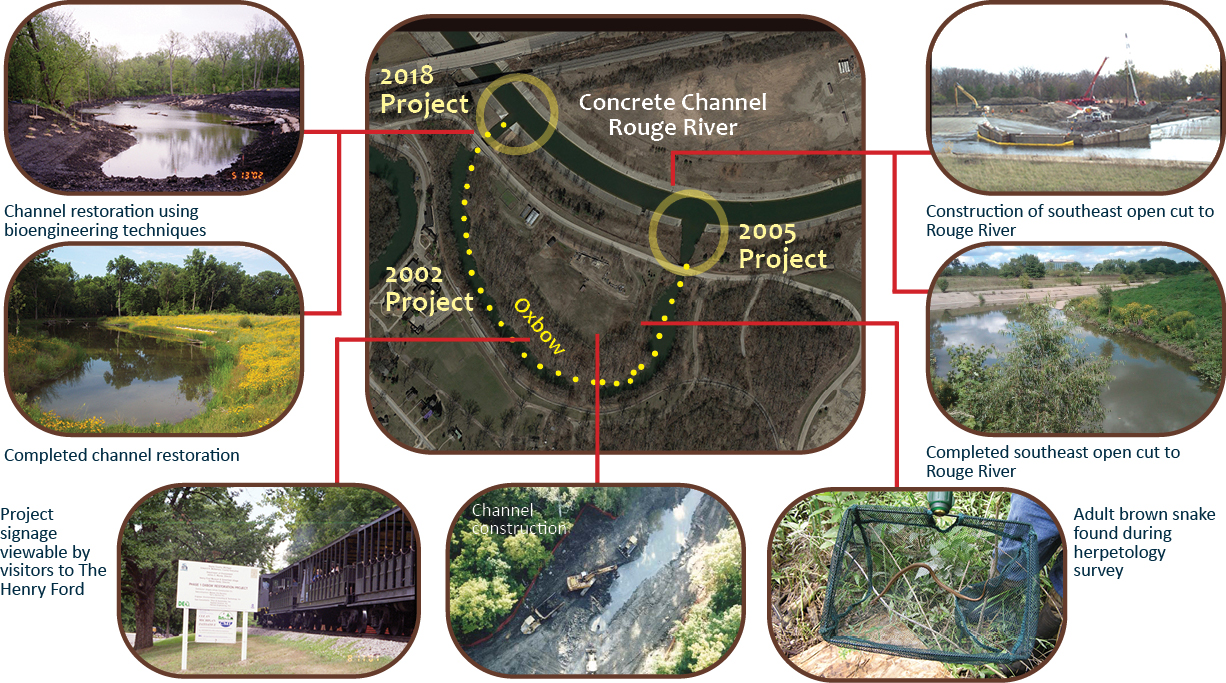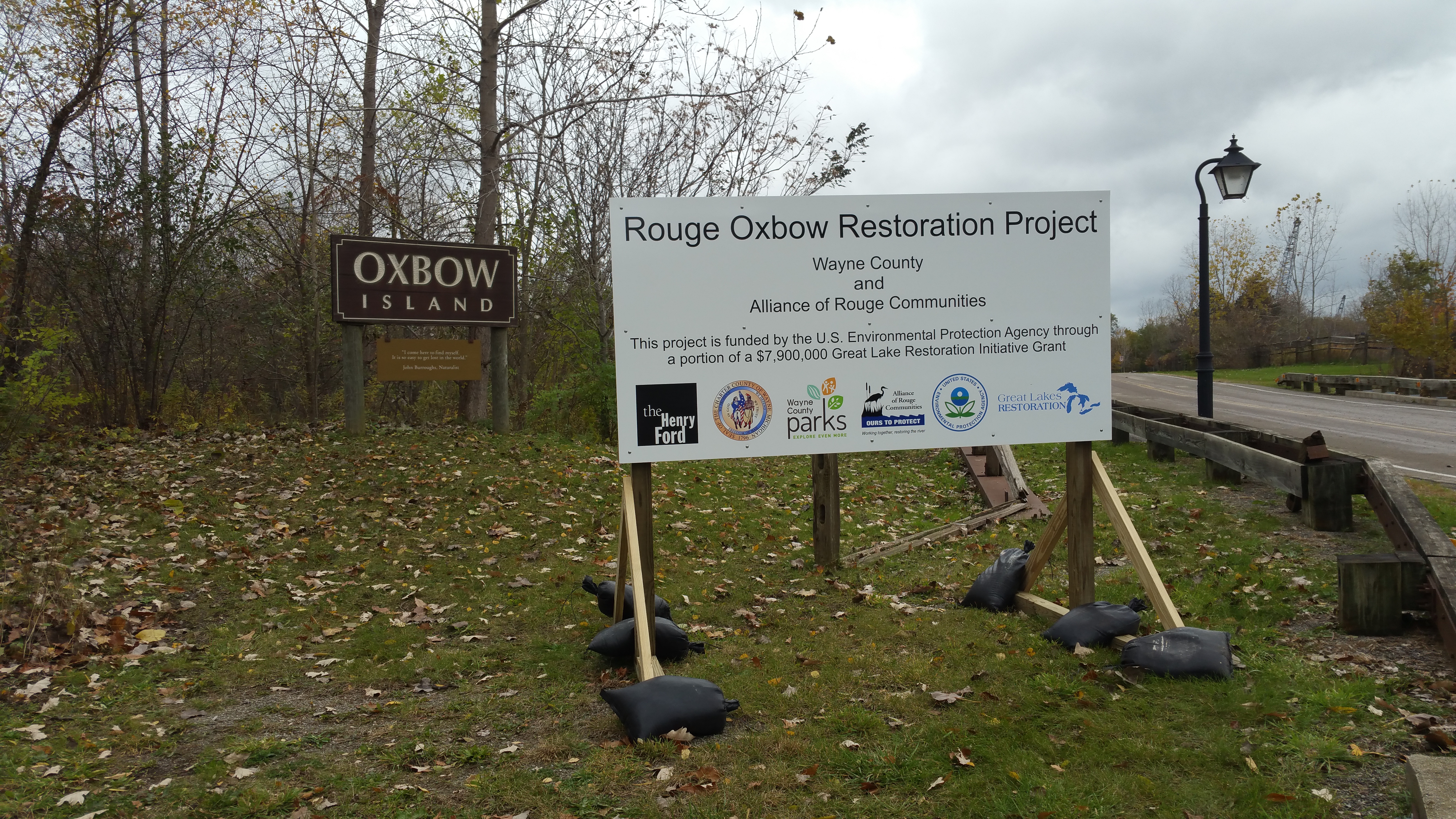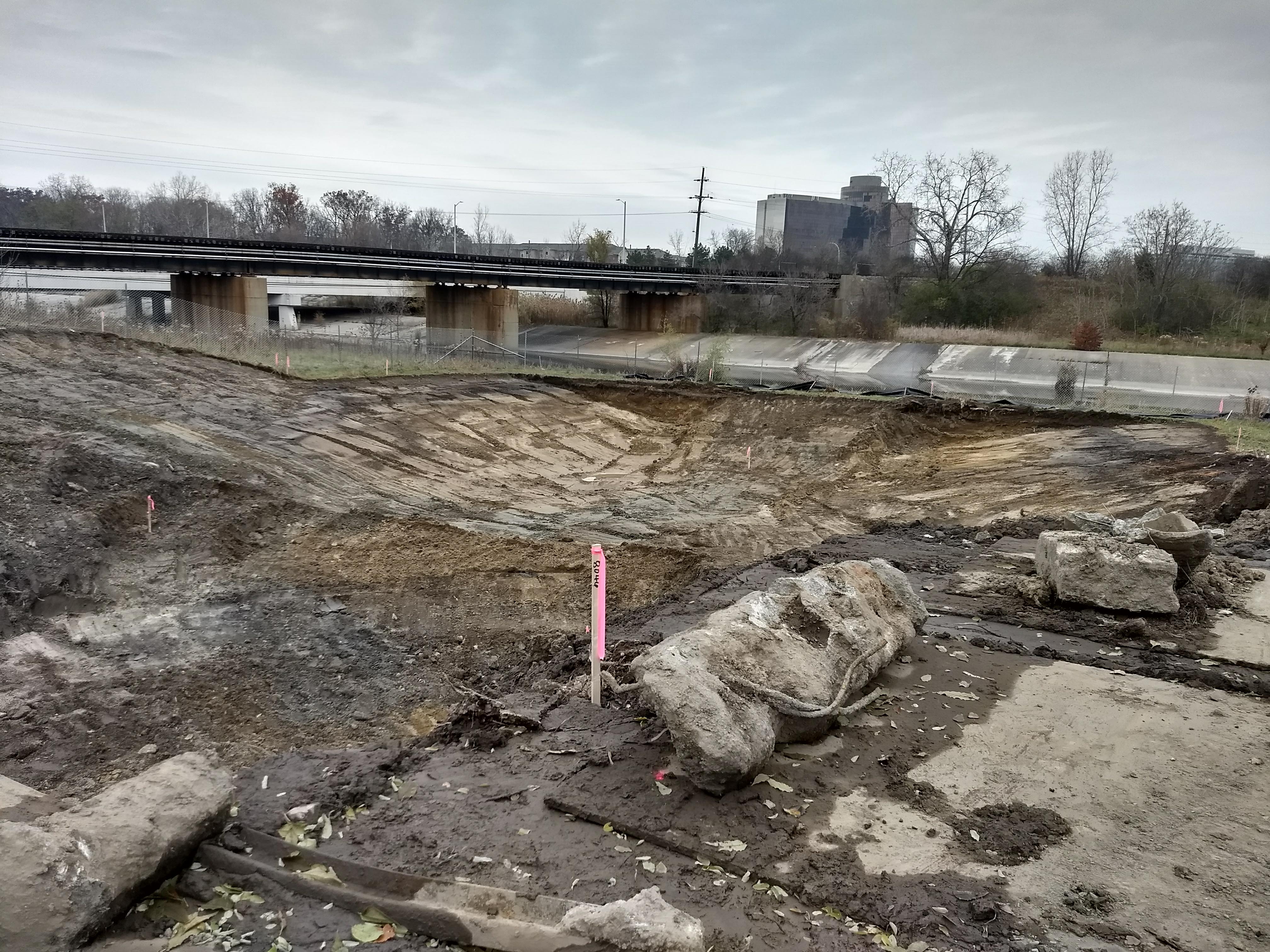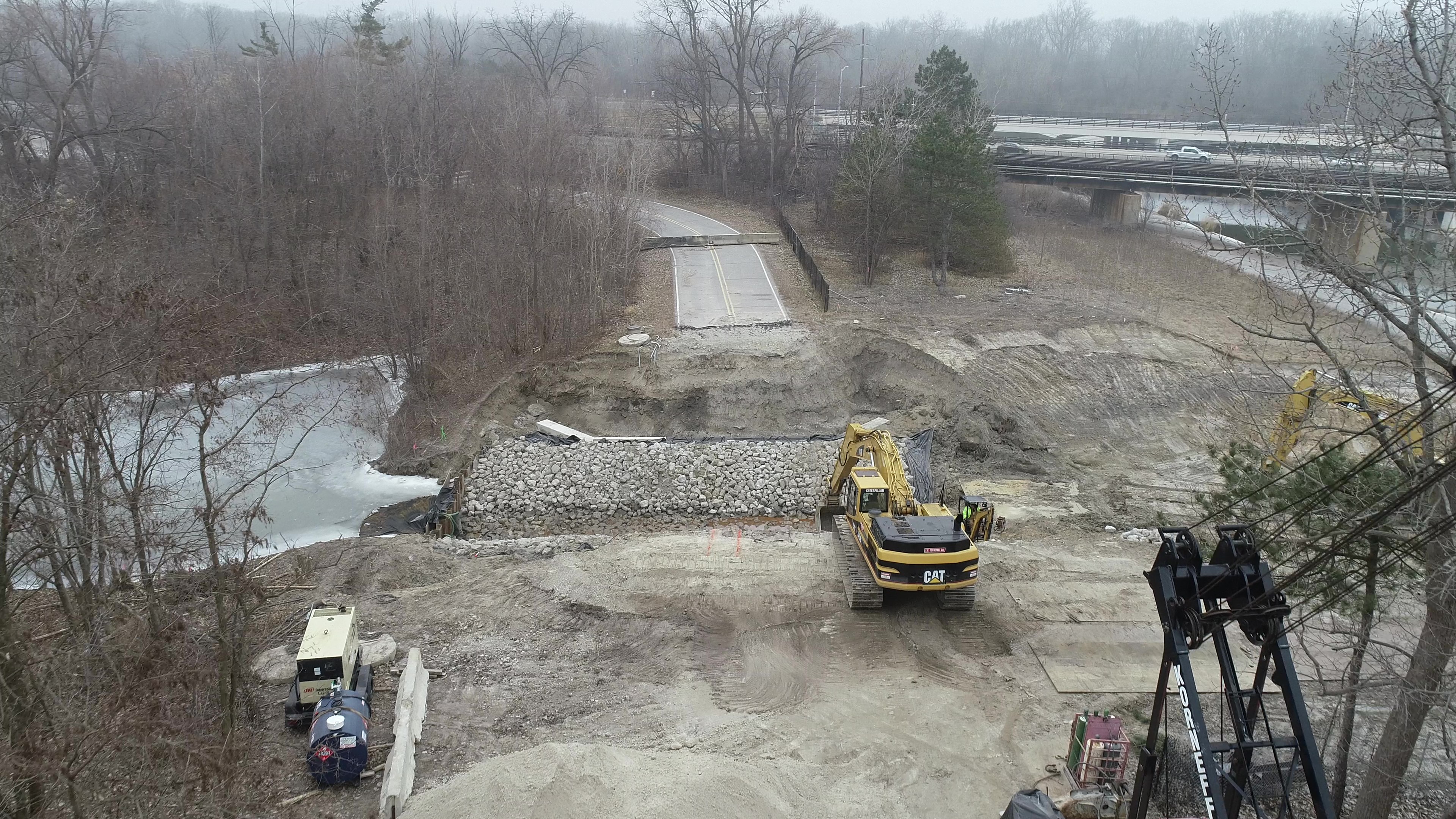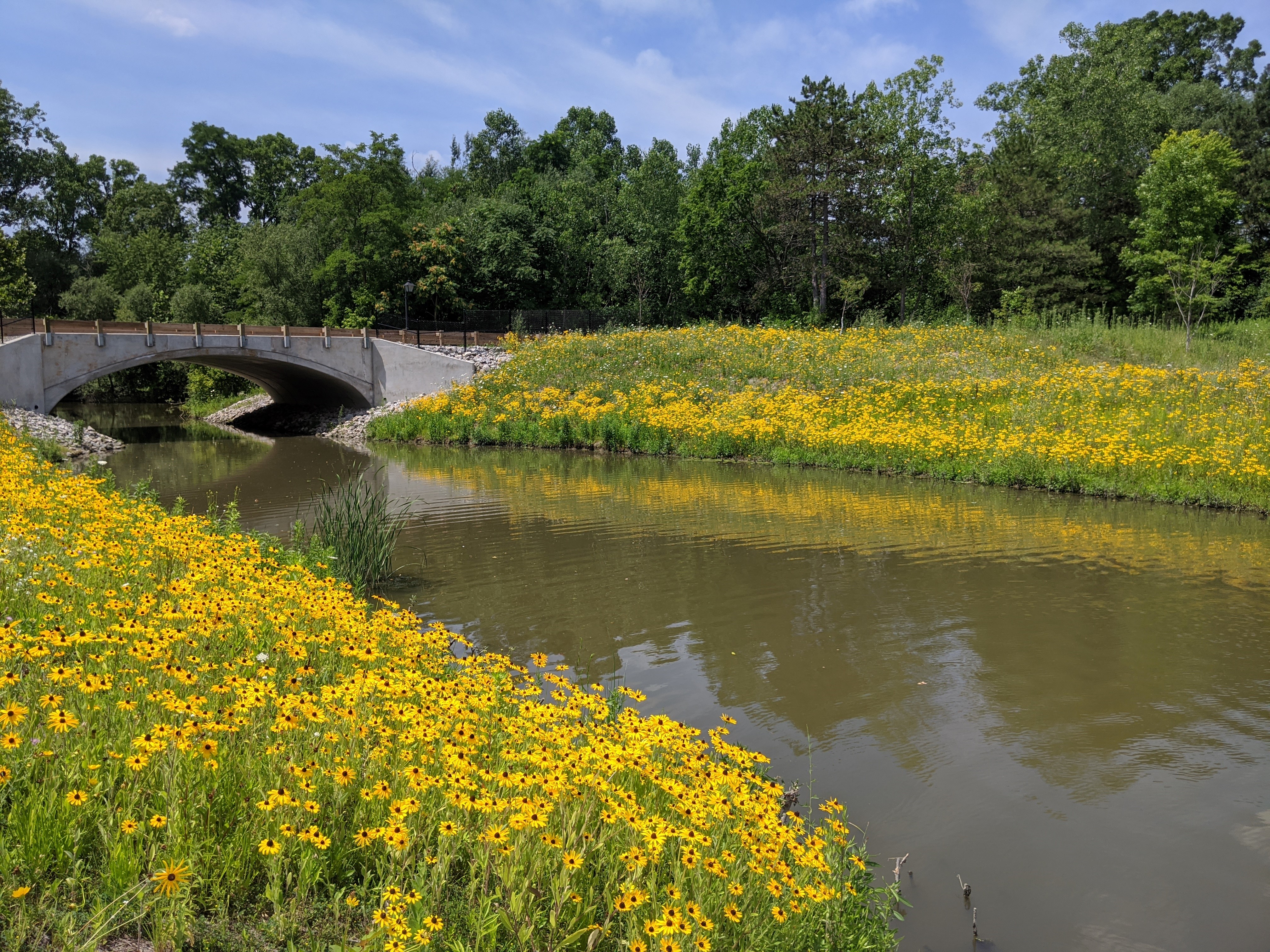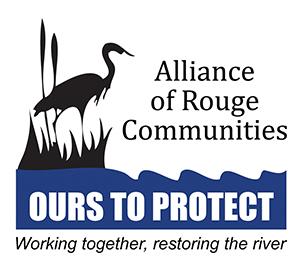 Restoration Project
Restoration Project
Oxbow at The Henry Ford
The Oxbow Restoration project at The Henry Ford restored a connection to the Rouge River for benthic macro-invertebrates, amphibians, birds, fish and small mammals. The reconnection provides benefit to bass, channel catfish and bowfin by the creation of lacustrine habitat.
Continued flooding in the 1970s caused the federal government to channelize the Rouge River by constructing a concrete channel that was hydraulically efficient and cost-effective. However, this cut-off oxbows associated with the river, limiting much of the aquatic habitat and all but precluded the passage of most fish from the Detroit River to the Rouge River. In an effort to provide habitat, resting locations for migratory fish, recreational opportunities and restored wetland areas, Wayne County, The Henry Ford and the ARC began to restore the Oxbow. In 2002 the main Rouge Oxbow channel was recreated providing 13 acres of aquatic wetland and upland habitat. Then in 2005 the southeast open cut connection of the Oxbow to the Rouge River was restored. This project makes the last hydraulic connection and habitat improvements needed. The oxbow restoration continues to provide a unique opportunity within The Henry Ford to provide a forum for experiencing a variety of natural ecosystems and educational opportunities.
